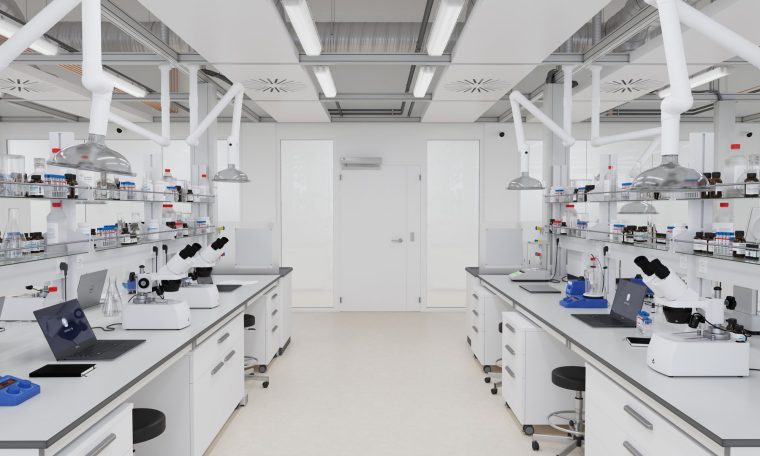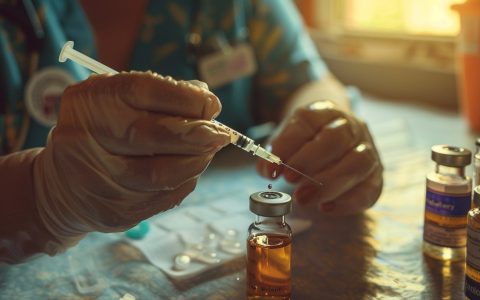
Understanding the role and significance of chemistry lab equipment is pivotal for scientific endeavors. From basic glassware to advanced spectrometers, each piece plays a crucial role in conducting experiments accurately and safely.
Defining Chemistry Lab Equipment
Chemistry Lab Equipment encompasses a wide array of tools and instruments utilized in laboratory settings to perform experiments, analyze substances, and conduct research.
Importance of Quality Equipment in Chemistry Labs
High-quality lab equipment ensures precise measurements, accurate results, and a safe working environment, contributing to the credibility and success of scientific investigations.
Essential Equipment
Safety Gear
Safety goggles, lab coats, gloves, and protective aprons are essential for safeguarding against chemical spills, splashes, and other potential hazards.
Glassware
From beakers and flasks to test tubes and pipettes, glassware is fundamental for mixing, measuring, and containing liquids during experiments.
Heating and Cooling Equipment
Bunsen burners, hot plates, and refrigerators are indispensable for manipulating temperature conditions, facilitating reactions, and storing samples.
Measurement Instruments
Graduated cylinders, balances, and pH meters enable accurate measurement of quantities, ensuring reproducibility and reliability of experimental results.
Advanced Equipment
Spectroscopy Equipment
UV-Vis spectrophotometers, NMR machines, and infrared spectrometers offer insights into molecular structures and chemical compositions, aiding in qualitative and quantitative analyses.
Chromatography Equipment
HPLC, GC, and TLC systems separate complex mixtures into individual components, allowing for identification, purification, and quantification of substances.
Mass Spectrometers
MS instruments provide detailed molecular information, including mass-to-charge ratios and fragmentation patterns, facilitating identification and characterization of compounds.
Maintenance and Safety
Proper Handling and Storage
Adhering to proper handling procedures and storage conditions prolongs the lifespan of lab equipment and reduces the risk of accidents or damage.
Regular Maintenance
Scheduled maintenance and calibration ensure the accuracy, reliability, and performance of lab instruments, preventing errors and inconsistencies in experimental data.
Safety Guidelines
Following established safety protocols, conducting risk assessments, and providing adequate training mitigate potential hazards and promote a culture of safety in the laboratory.
Buying Guide
Factors to Consider When Purchasing Lab Equipment
Consider functionality, durability, compatibility, and scalability when selecting lab equipment to meet specific research requirements and operational needs.
Reliable Suppliers
Choose reputable suppliers known for quality products, excellent customer service, and timely support to ensure satisfaction and reliability in equipment procurement.
Budget Considerations
Balancing performance and cost-effectiveness is essential when budgeting for lab equipment, considering long-term value and return on investment.
Warranty and Support
Opt for equipment with comprehensive warranties and access to technical support, troubleshooting, and maintenance services to minimize downtime and maximize productivity.
Emerging Trends
Automation in Lab Equipment
Automation and robotics streamline laboratory workflows, increasing efficiency, reproducibility, and throughput while minimizing human error.
Green Chemistry Initiatives
Adopting sustainable practices, reducing waste generation, and utilizing eco-friendly materials promote environmental responsibility and conservation in chemistry labs.
Integration of AI and Big Data
Harnessing artificial intelligence and big data analytics enhances data analysis, pattern recognition, and decision-making in chemical research, leading to new discoveries and insights.
Future of Lab Equipment
Advancements in Materials and Technology
Innovations in materials science, nanotechnology, and sensor technology drive the development of next-generation lab equipment with improved performance and capabilities.
Sustainable Practices
Embracing circular economy principles, energy-efficient designs, and recyclable materials ensures sustainability and resilience in future lab equipment development.
Accessibility and Affordability
Efforts to democratize access to lab equipment, promote open-source designs, and reduce barriers to entry enable broader participation and innovation in scientific research.
Innovative Applications of Lab Equipment
Explore real-world examples of how cutting-edge lab equipment is revolutionizing fields such as pharmaceuticals, materials science, and environmental analysis.
Conclusion
Chemistry lab equipment forms the backbone of scientific research, enabling experimentation, analysis, and innovation across various disciplines. By embracing quality, safety, and innovation, we pave the way for a brighter future in scientific exploration and discovery. Whether in academic institutions, research laboratories, or industrial settings, the demand for reliable and cutting-edge equipment continues to grow. For those seeking top-notch scientific supplies Australia offers a diverse range of options to meet every research need.



